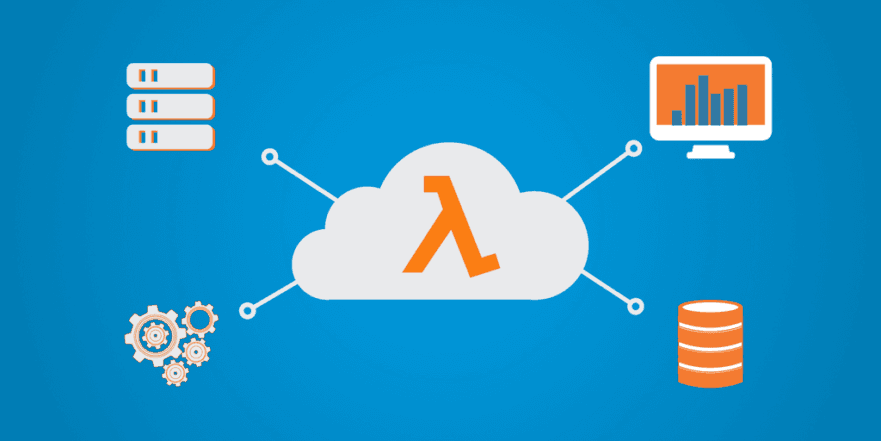
Demystifying AWS Lambda: Deep Dive into Serverless Computing
Dive into AWS Lambda's mechanics, real-world applications, and best practices for transformative cloud development.
Published Jan 22, 2024
In the fast-paced world of cloud computing, serverless architecture stands out as a game-changer, allowing developers to concentrate on code without the complexities of managing infrastructure. At the forefront of this revolution is AWS Lambda, a serverless computing service by Amazon Web Services (AWS). This article aims to demystify AWS Lambda, providing an in-depth exploration of serverless computing and uncovering the features that make AWS Lambda a key player in the realm of cloud computing.
To comprehend AWS Lambda, we first need to grasp the essence of serverless computing. This section delves into the core concept, where cloud providers seamlessly handle infrastructure, enabling developers to focus solely on code creation. Let's unravel the layers of abstraction and explore how AWS Lambda transforms functions into fundamental units of execution, reshaping our approach to cloud computing.
Serverless computing is a cloud execution model where providers manage infrastructure automatically, freeing developers from server-related concerns. In this architecture, functions become fundamental units of execution, a concept embodied by AWS Lambda.
Explore the benefits of serverless computing, from automatic scalability to reduced operational overhead. Discover how AWS Lambda abstracts away infrastructure concerns, enabling code deployment without the complexities of server management.
With a foundational understanding of serverless computing, we delve into the mechanics of AWS Lambda. This section unveils the inner workings that facilitate automatic scaling, event-driven execution, and seamless code orchestration, eliminating the need for manual server management.
Take a deep dive into AWS Lambda's mechanics, understanding how it scales dynamically and executes code in response to various events such as HTTP requests, file uploads, or data changes.
Explore AWS Lambda's flexibility by supporting multiple languages and runtimes, making it accessible to a broad range of developers, whether they code in Node.js, Python, Java, or other languages.
Discover the multitude of event sources and triggers that can invoke AWS Lambda functions, from changes in an S3 bucket to data streams in Amazon Kinesis.
Code Example: A Simple Lambda Function
This example showcases a basic Lambda function written in Node.js, highlighting the entry point (
handler) and the creation of a simple HTTP response.Having explored AWS Lambda's mechanics, it's time to delve into its real-world applications. This section navigates through practical use cases, demonstrating how AWS Lambda excels in building agile microservices and efficient data processing pipelines.
Examine real-world scenarios where AWS Lambda shines, from microservices to data processing pipelines, showcasing how serverless architecture enhances agility and accelerates development cycles.
Learn about AWS Lambda's seamless integration with other AWS services, connecting with API Gateway for RESTful APIs or leveraging DynamoDB for serverless data storage.
Code Example: AWS Lambda with API Gateway
This example demonstrates integrating AWS Lambda with API Gateway to create a simple API endpoint.
Navigating the intricacies of AWS Lambda leads us to focus on best practices and optimization. This section provides insights into effective serverless development, covering strategies for designing, deploying, and monitoring Lambda functions.
Delve into best practices for designing, deploying, and monitoring serverless applications. Explore strategies for optimizing function performance, handling cold starts, and managing dependencies efficiently.
Understand the importance of monitoring and debugging in a serverless environment. Learn how AWS CloudWatch and other tools can be leveraged to gain insights into function execution and troubleshoot issues.
Code Example: Error Handling in Lambda
This example enhances Lambda functions with error handling using a try-catch block.
In conclusion, AWS Lambda emerges as a pivotal player in serverless computing, offering developers a robust platform to build scalable and cost-effective applications. By demystifying the intricacies of AWS Lambda and delving into serverless architecture nuances, developers can unlock the full potential of this transformative technology. Embrace the serverless paradigm, and let AWS Lambda redefine your approach to cloud computing and application development.
